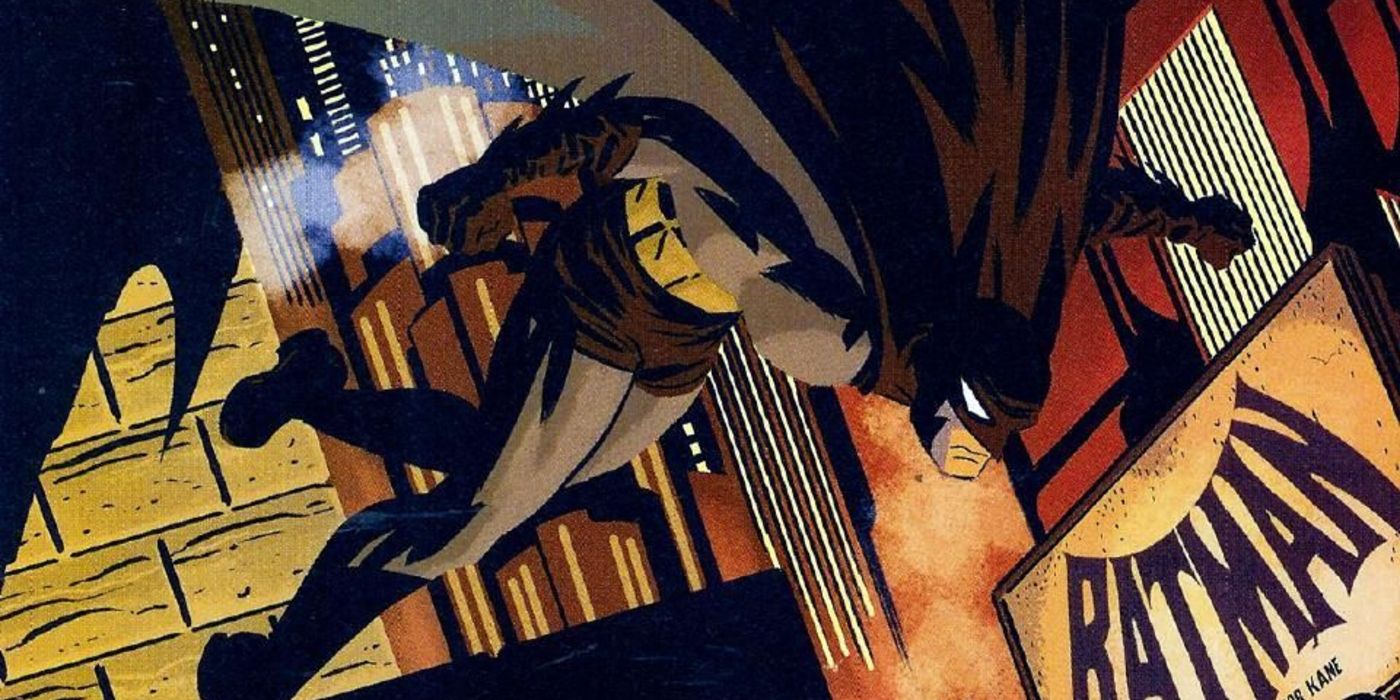A story by two of the Batman creators who defined animated era was rejected by DC, and it still hasn’t been released in its original form.
Welcome to a special Adventure(s) Time’s installment, a look at animated heroes of the past. This week, a moody piece from the legendary Darwyn Cooke that was originally rejected by DC. And if you have any suggestions for the future, let me hear them. Just contact me on Twitter.
Batman: The Animated Series is famous not only for creating a timeless interpretation of Batman and his cast of villains, but also for the talent working behind the scenes. One of those animators was Canadian cartoonist Darwyn Cooke. Only a week into buying comics at the age of 13, Cooke purchased Detective Comics #439, featuring the story “Night of the Stalker.” From that day, Cooke was convinced he’d found his calling.
“Night of the Stalker” is a legendary story officially credited to writer Steve Englehart and artist Sal Amendola. (The idea was from Neal Adams, and the plot’s from Sal Amendola and his brother Vin, uncredited in the comic.) The story has the Dark Knight witnessing a horrific crime that triggers a flashback to the murder of his parents.
Although the story is awash with 1970s purple prose, Batman himself remains silent throughout the narrative, a ghost figure stalking the criminals. It was an unusual take on Batman from this era, which was undoubtedly moving away from the Adam West days, but still portraying the Caped Crusader as the hero of the stories, not some specter lurking in the periphery.
Here’s a blurb from Englehart on the story from Englehart’s website:
If I had only been involved with this one Batman story, I’d probably still have some recognition for the character. “Night of the Stalker” began as an idea by Batman artist extraordinaire Neal Adams, who talked it over with young artist Sal Amendola and Sal’s brother Vin. Sal drew it up and asked me to dialogue it. The idea was that the Batman would not say a word throughout, so of course I soon decided he needed to say a few words. Fortunately, editor Archie Goodwin cut all that out. But my narration at the end stayed in, and it remains some of my favorite writing, as I played off Sal’s beautiful storytelling.
